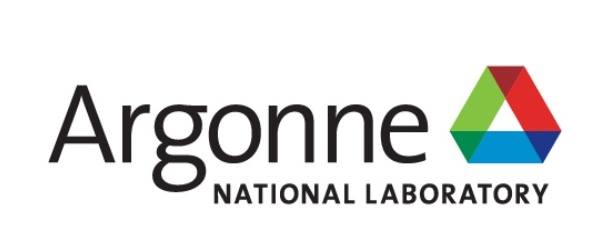The quest for an ideal quantum bit

(SciTechDaily) A team led by the U.S. Department of Energy’s (DOE) Argonne National Laboratory has announced the creation of a new qubit platform formed by freezing neon gas into a solid at very low temperatures, spraying electrons from a light bulb’s filament onto the solid, and trapping a single electron there. This system has the potential to be developed into perfect building blocks for future quantum computers according to the researchers. IQT-News summarizes the announcement below.
“Our qubits are actually as good as ones that people have been developing for 20 years,” said David Schuster, physics professor at the University of Chicago and a senior co-author of the paper. “This is only our first series of experiments. Our qubit platform is nowhere near optimized. We will continue improving the coherence times. And because the operation speed of this qubit platform is extremely fast, only several nanoseconds, the promise to scale it up to many entangled qubits is significant.”
To realize a useful quantum computer, the quality requirements for the qubits are extremely demanding. While there are various forms of qubits today, none of them is optimal.
What would make an ideal qubit? It has at least three sterling qualities, according to Dafei Jin, an Argonne scientist and the principal investigator of the project.
1 It can remain in a simultaneous 0 and 1 state (remember the cat!) over a long time. Scientists call this long “coherence.” Ideally, that time would be around a second, a time step that we can perceive on a home clock in our daily life.
2 The qubit can be changed from one state to another in a short time. Ideally, that time would be around a billionth of a second (nanosecond), a time step of a classical computer clock.
3 The qubit can be easily linked with many other qubits so they can work in parallel with each other. Scientists refer to this linking as entanglement.
Although at present the well-known qubits are not ideal, companies like IBM, Intel, Google, Honeywell, and many startups have picked their favorite. They are aggressively pursuing technological improvement and commercialization. “Our ambitious goal is not to compete with those companies, but to discover and construct a fundamentally new qubit system that could lead to an ideal platform,” said Jin.
One of the challenges for any qubit, including the electron, is that it is very sensitive to disturbance from its surroundings. Thus, the team chose to trap an electron on an ultrapure solid neon surface in a vacuum.
Neon is one of a handful of inert elements that do not react with other elements. “Because of this inertness, solid neon can serve as the cleanest possible solid in a vacuum to host and protect any qubits from being disrupted,” said Jin.
A key component in the team’s qubit platform is a chip-scale microwave resonator made out of a superconductor. (The much larger home microwave oven is also a microwave resonator.) Superconductors — metals with no electrical resistance — allow electrons and photons to interact together at near to absolute zero with minimal loss of energy or information.
With this platform, we achieved, for the first time ever, strong coupling between a single electron in a near-vacuum environment and a single microwave photon in the resonator,” said Xianjing Zhou, a postdoctoral appointee at Argonne and the first author of the paper. “This opens up the possibility to use microwave photons to control each electron qubit and link many of them in a quantum processor,” Zhou added.
There is yet one more advantage to this qubit platform.“Thanks to the relative simplicity of the electron-on-neon platform, it should lend itself to easy manufacture at low cost,” Jin said. “It would appear an ideal qubit may be on the horizon.”



















